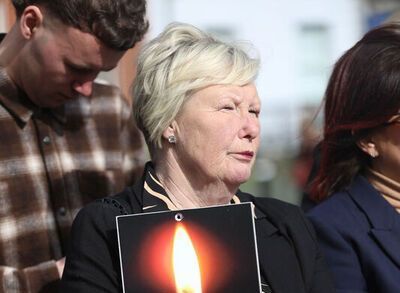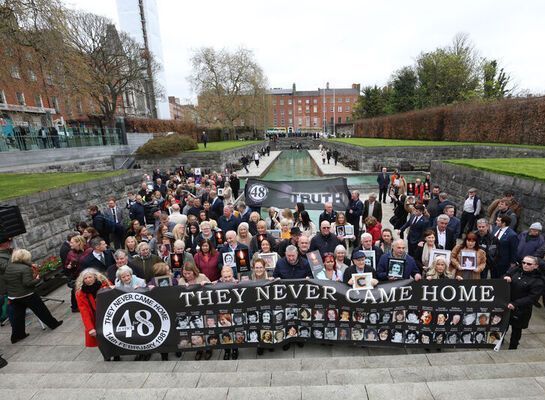A new play focuses on how the Sisters of Charity greatly helped Archbishop John Hughes’s policy promoting Irish Catholic assimilation and integration.
By Geoffrey Cobb
Almost everyone taught in Catholic schools has a story about the archetypical stern nun who imposed strict discipline, while successfully teaching large classes. Nuns, however, too often get a bad rap and have probably never gotten the full credit they deserve in the story of the Irish in America, yet that is about to change thanks to Turlough McConnell and his new play “How The Nuns of New York Tamed The Gangs of New York,” which is opening June 3 at the Sheen Center for Thought and Culture at 18 Bleecker St. McConnell’s play celebrates the 200th anniversary of the arrival in New York of the Sisters of Charity.
The Sisters of Charity helped transform New York and shaped Catholic America. It is hard to envision the success of the Irish in America without their help. The Sisters, the first group of nuns formed in America, were founded by the first American saint: Mother Elizabeth Ann Seton, who also established the first Catholic girls' school in the nation.
McConnell’s multimedia production explains the tough job the sisters faced in New York tending to Gotham’s hordes of impoverished Irish immigrants. Starting in 1835, 30,000 Irish immigrants arrived in the city and these numbers grew much larger as a result of the Great Hunger from 1845 to 1855, which led New York’s population almost to double from 371,000 people to 630,000. The majority of these refugees from the Great Hunger were destitute and in dire need, so the sisters had their hands full.
McConnell has extensively researched the role in New York’s history played by Archbishop John Hughes of County Tyrone. McConnell credits Hughes with being the first churchman to envision the church as a civic institution that would promote Irish assimilation and integration, while also teaching them their Catholic faith. One of the nuns who played a huge role in building church institutions in New York was Hughes’s own sister Angela who entered the Sisters of Charity in 1825 in Maryland and soon arrived New York where she and the other sisters created the city’s first safety net for New York’s massive indigent population. These valiant women set up schools, orphanages and hospitals that ministered to the tens of thousands of indigent Irish in Gotham. Mother Angela founded and ran Greenwich Village’s Saint Vincent’s Hospital, which sadly, after 160 years of service, closed in 2010.
McConnell describes the Sisters of Charity as foot soldiers fighting for education, healthcare, childcare and social justice. His drama depicts the sisters’ heroic role in transforming the uneducated and often violent newly arrived immigrants into well-educated pillars of the community they are today.
The sisters story is an often overlooked and unappreciated tale in the saga of the Irish in America, but one that “How The Nuns of New York Tamed The Gangs of New York” powerfully dramatizes with an acclaimed cast that includes lead narrators Orlagh Cassidy (“St. Vincent”) and Ciaran Byrne (“Public Morals”) who join Grammy award-winning folk musicians Jay Ungar and Molly Mason (Ken Burns’s “The Civil War”), violinist Gregory Harrington, tenor David O’Leary and Hammerstep dance company.
There will also be an additional guest appearance by Ann Dowd (“The Handmaid’s Tale”) reprising a scene from “Doubt.” Academy award-winning playwright John Patrick Shanley will be in attendance. Finally, there will also be a preview of the new shrine, in tribute to the bicentennial, which opens this fall at Saint Patrick’s Cathedral on Fifth Avenue. The production is directed by George C. Heslin of the Origin Theater Company. For tickets go to the sheencenter.org.










